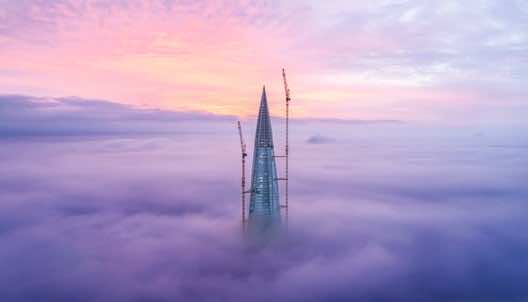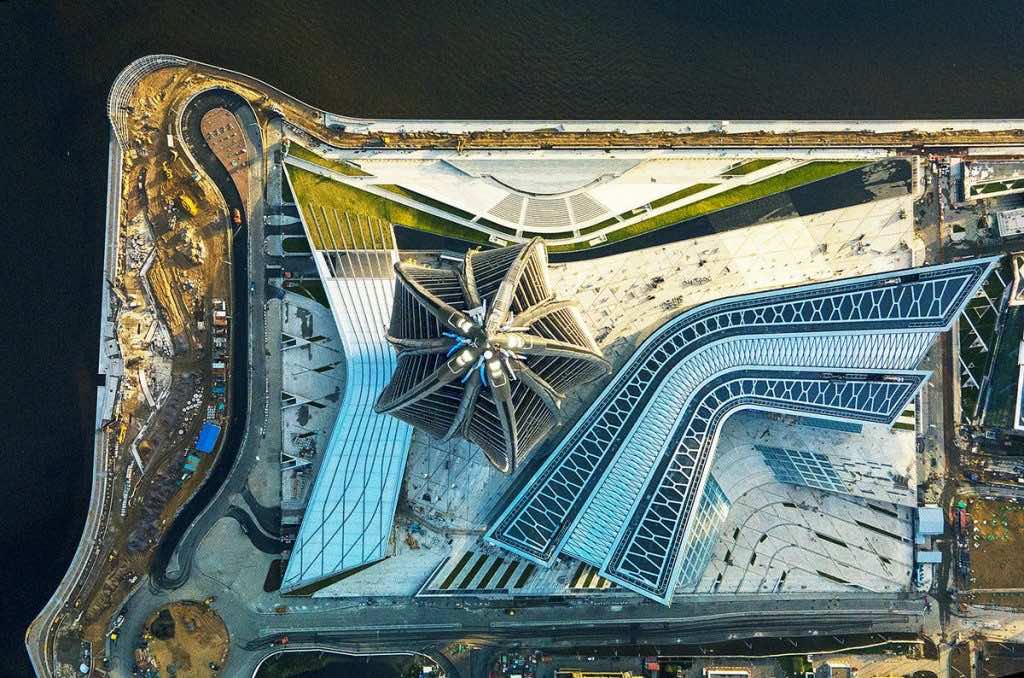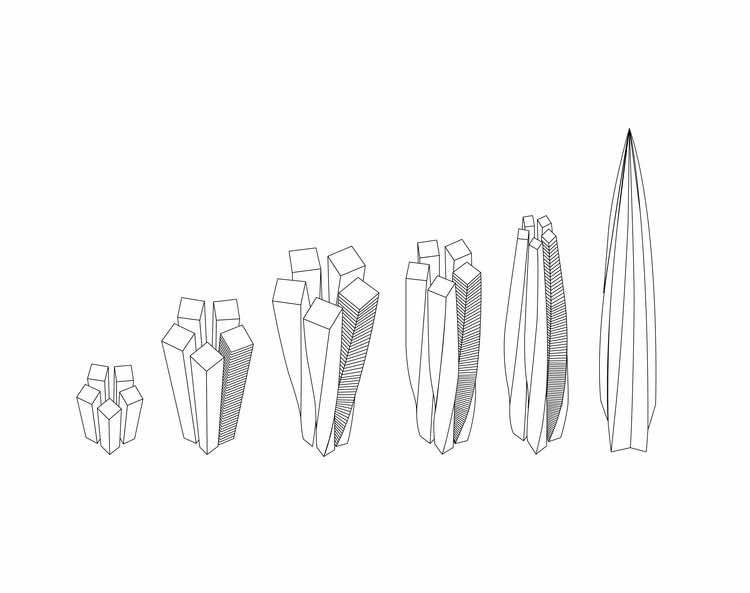The Lakhta Center is a 400,000 square meter urban multi functional complex in St Petersburg, Russia. Its major attraction is Europe’s tallest skyscraper and has thus made the complex a landmark on the northwest coast of the city that lies on the gulf of Finland. The centerpiece of the development, the 462-meter-tall Lakhta Center Tower, is not only the tallest building in Europe, but also the first supertall skyscraper in St Petersburg, the world’s second-tallest twisting skyscraper after the Shanghai Tower, and the world’s northernmost skyscraper.

The center is supposed to mainly serve Gazprom, the Russian natural gas supplier, as its headquarters and hence Gazprom occupies about two thirds of the total office space. In addition to office space, the Lakhta Center Tower features a 360-meter-high observation deck and a restaurant with panoramic views, while the remainder of the complex is made up of multiple other facilities such as a scientific and educational center, a planetarium, a concert hall, an amphitheater, and a number of public squares. All of these functions together make for a unique development as its rare for the headquarters of a multinational corporation to be so dynamically connected to public spaces within and without its complex.
Five individual tower forms rising up, twisting and tapering into a spiral at the top achieve the interesting form of the tower. This cluster as a whole results in the tower twisting a whole 90 degrees from bottom to the top. The firm RJMJM designed the tower with Tony Kettle as lead designer, who described it as “the tower was designed as a simple organic spire with asymmetrical movement in its skin, to be seen as a singular landmark at city scale.” Structurally, the tower features a central core, with five “outrigger” levels to distribute horizontal loads to 15 perimeter composite columns. This strategy allows the building to resist the wind loads at the site which can be up to 140 kilometers per hour at a height of 400 meters.

The tower uses an innovative façade technology that minimizes ice formation on the exterior, a necessary step to enable the tower to rise up to such a height in such a northern location. Various environmentally conscious elements in the operation and construction of the tower have resulted in it receiving the platinum certification by the LEED group making it a legitimate green building.



